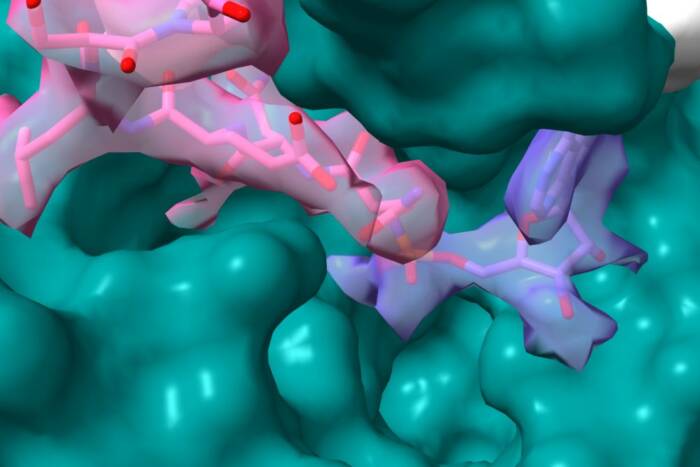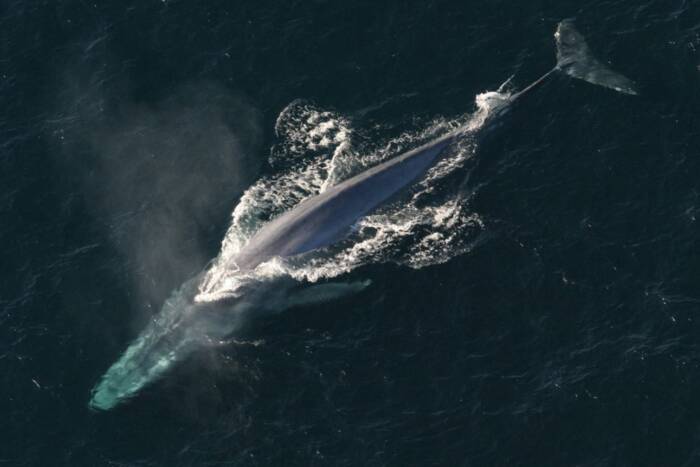For dying cells, timing is everything
Conventional wisdom suggests that cells are at all times balanced precariously between life and death, with proteins that could kill the cell poised to strike at a moment’s notice. While this is certainly true in some cases, new research from Rockefeller University shows that it is not universal, and that several layers of regulation control cell death. Using the worm C. elegans, they show that for one specific cell, the proteins needed for execution are not made until the moment they are needed.
 (opens in new window)
(opens in new window)
Tail's tale. A worm's tail-spike cell (bright green), an unusual cell with two nuclei, serves as a scaffold for other cells to build on. When the worm's development is complete, a gene regulation process triggers the tail-spike cell to die.
The pathway of proteins that control cell death was brought to light in C. elegans 14 years ago and since then the same pathway has been discovered in organisms from fruit flies to humans. The pathway centers on the regulation of enzymes called caspases, which do the dirty work of killing the cell. When a cell receives the right signal, these caspases are activated and cause cell death. But the new research, from the laboratory of Shai Shaham, shows that this is not the whole story, and that cell death can also be controlled by regulating caspase transcription. The newly identified mechanism may suggest avenues for treating cancer, which can result when cells fail to die on schedule.
The pathway leading to cell death in C. elegans was thought to hinge on the action of two proteins, called EGL-1 and CED-9, that control the activity of caspases. But in worms that no longer made EGL-1, Shaham, along with Carine Maurer, a former graduate student, and Michael Chiorazzi, a current graduate student, found that the death of one cell in particular, the tail-spike cell, was unaffected.
The tail-spike cell is the product of two cells that fuse together after they are born, creating a single cell with two nuclei. The cell forms a long extension to the end of the worm’s body, and other cells wrap themselves around the extension, forming the characteristic spike at the tail of the worm. Then the tail spike cell dies. “The hypothesis is that it is serving as a scaffold for the other cells to wrap around,” says Shaham.
When the scientists looked at the expression of the caspase gene in the tail-spike cell, they saw that it is turned on about 30 minutes before the cell is to die; Maurer found that the cell death pathway was linked to the caspase gene’s transcription, the process by which its genetic code is read. And caspase transcription in turn depends on the presence of a protein called PAL-1.
In humans, the PAL-1 equivalent is a protein called Cdx2, and it is well known among researchers who study intestinal cancer. “The outermost cells of intestinal microvilli constantly die and are sloughed off, just like in the skin,” says Shaham. “This death is thought to be mediated by caspases, and Cdx2 is expressed precisely in these cells. It makes you wonder whether the same kind of pathway is going on in the intestine as is going on in the tail-spike cell.”
Though PAL-1 cannot be the only protein involved in transcriptional control of the caspase — many cells make PAL-1 and don’t die — Shaham is working on understanding what the other proteins may be. “Amazingly, even though people have known for years that caspases are important, no one has studied their expression pattern in any detail,” says Shaham. “These results suggest that expression plays a crucial role in deciding when and where cell death is going to happen.”
Development Online: February 28, 2007(opens in new window)


